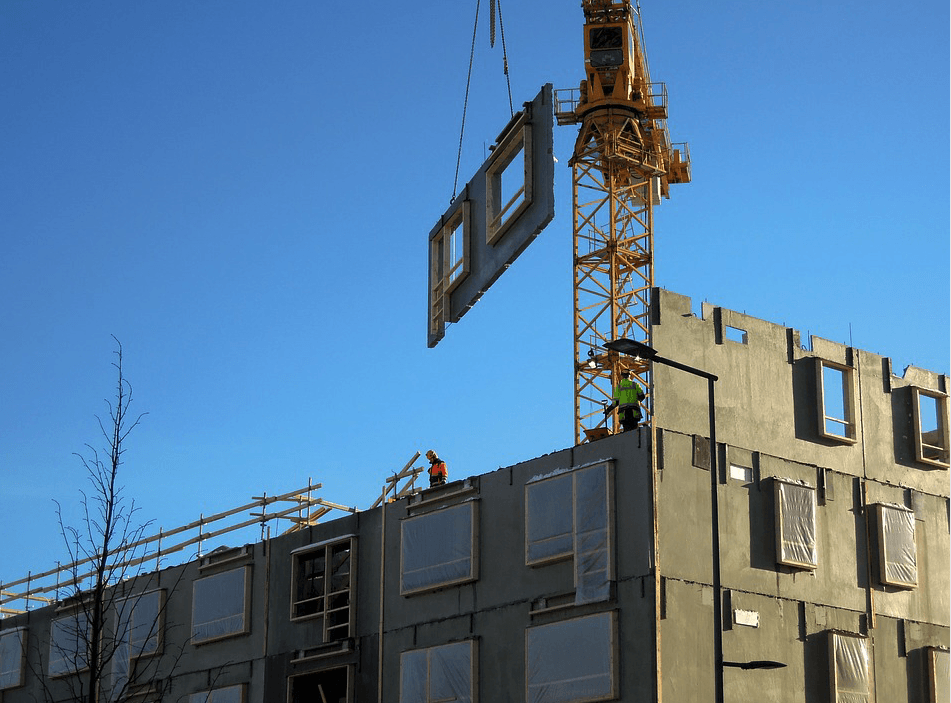Modern Methods of Construction (MMC) have emerged as a transformative force in the ever-evolving construction landscape, reshaping traditional approaches and paving the way for a more efficient and sustainable future.
As a BIM outsourcing partner for the building services industry, The CAD Room is at the forefront of this revolution, leveraging MMC to enhance how we design and implement building services systems.
Understanding MMCs and their Distinction from Traditional Construction
Modern Methods of Construction encompass a range of innovative techniques, including offsite construction, modular construction, prefabricated construction, industrialised building, and advanced manufacturing. Unlike traditional methods, MMC focuses on lean construction principles, integrated design, and collaborative construction, aiming for faster, more efficient, and higher quality construction.
Benefits and Drawbacks of MMCs
Benefits:
- Faster Construction: MMC techniques significantly reduce project timelines.
- More Efficient Construction: Streamlined processes result in optimised resource utilisation.
- Higher Quality Construction: Factory-controlled environments enhance precision and reduce errors.
- Reduced Costs: Efficiency gains and waste reduction contribute to cost savings.
- Sustainable Construction: MMC promotes eco-friendly practices, minimising environmental impact.
Drawbacks:
- Initial Investment: Setting up factories for MMC may require a substantial upfront investment.
- Design Limitations: Standardized components may limit architectural flexibility.
Challenges of Implementing MMCs
Implementing MMCs comes with its own set of challenges. Key hurdles include overcoming resistance to change, addressing industry-wide scepticism, and ensuring regulatory compliance. However, these challenges can be navigated successfully with proper planning and education.
BIM’s Role in Supporting MMC Projects
Building Information Modeling (BIM) is pivotal in supporting MMC projects. BIM enhances communication and coordination through integrated design and collaborative construction, ensuring seamless design and installation workflows.
Best Practices for MMCs in Building Services
Coordinating Design and Installation:
BIM facilitates the coordination of building services systems in MMC projects, ensuring all components fit seamlessly within the modular framework.
Reducing On-Site Tradespeople:
MMC inherently reduces the need for a sizeable on-site workforce, as much of the construction occurs offsite. This not only improves safety but also accelerates project timelines.
Improving Quality and Accuracy:
By taking advantage of controlled factory environments, MMC enhances the precision and accuracy of building services installation, resulting in higher overall quality.
Reducing Environmental Impact:
Sustainable construction practices inherent in MMC contribute to a reduced environmental footprint, aligning with global efforts toward a greener future.
Cost Implications of MMCs in Building Services
While the initial investment in MMC infrastructure may be significant, the long-term benefits, including reduced construction time, enhanced quality, and lower operational costs, often outweigh the initial financial outlay.
In conclusion, embracing Modern Methods of Construction opens new horizons for the building services industry. The integration of BIM further amplifies the advantages, offering a holistic approach that transforms not just the construction process but the entire industry’s outlook. The CAD Room stands as a beacon, guiding the way toward a future where construction is not just a process but a sustainable, efficient, and quality-driven endeavour.

